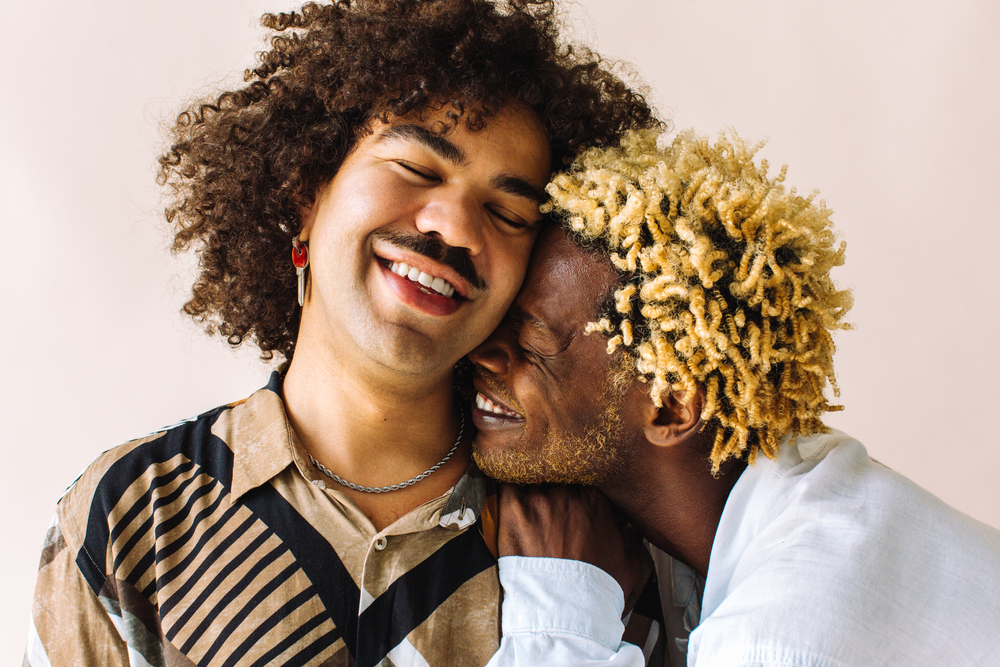Five Things LGBTQ+ People of Color Wish You Knew

Many LGBTQ+ people have experienced discrimination at some point in their lives. For people living at the intersections of sexual or gender identity with race and ethnicity, these experiences are often compounded, with many being harmed by others who are also a part of marginalized groups. We can all benefit from knowing how to better support others, including queer people of color. Here are some things that LGBTQ+ people of color wish you knew.
1. Racism Within LGBTQ+ Communities
Queer people of color often contend with discrimination related to their sexual orientation, gender identity, and race. This includes racism from others who are also LGBTQ+. Their experiences and points of view are questioned, challenged, not believed, or met with defensiveness. If you find it exhausting to explain or educate others on your experience as someone who is gay or trans, imagine how that might feel for someone who is also a racial or ethnic minority. People of color shouldn’t be expected to “pick a side” when it comes to their race, ethnicity, orientation, or identity.
2. Cultural Appropriation
Cultural appropriation refers to the adoption of elements from a culture or identity of one group by another. This adoption is usually inappropriate or uncredited. It can be especially problematic when individuals in a majority group do this with a minority group. It can be difficult to recognize when cultural appropriation is taking place, and context is usually key. While LGBTQ+ people are part of a minority group based on identity, some actions may be culturally appropriative and harmful to people of color within LGBTQ+ communities. Sometimes these actions perpetuate stereotypes of racial and ethnic minorities. Don’t make light of cultural appropriation. It’s always good to ask questions first if you’re unsure.
3. Microaggressions
Microaggressions refer to regular actions, intentional or unintentional, that are either discriminatory or convey negative or hostile beliefs about marginalized or stigmatized groups. These can include statements, behaviors, or situations. People of alternative sexualities and gender identities face microaggressions based on attitudes and biases regarding male-female sex. LGBTQ+ people of color experience these microaggressions, as well as ones based on race and ethnicity.
It’s important to be mindful of how bias and prejudice can manifest as slights against people of color. Some examples of microaggressions against queer people of color include questioning their sexual or gender identity, assumptions of homophobia or transphobia in their families or cultures, and race- or ethnicity-based stereotyping. Even stereotypes that seem positive, such as assuming that a Black person is great at sports, are harmful.
4. Exclusion and Erasure
Even when LGBTQ+ people are included and celebrated, people of color are sometimes excluded, if not erased. Queer people of color often feel invisible within communities of color and LGBTQ+ communities. It’s important to remember that LGBTQ+ people are diverse, representing various cultures, backgrounds, and walks of life. Queer people of color have been and continue to be at the forefront of movements related to civil rights, equality, and social justice.
5. Systemic Racism vs. Individual Racism
Some people think of racism as harmful views or actions against a person or group of people based on attitudes about race. An example of this might be a business owner who treats customers of color differently than others. Racial and ethnic minorities often deal with institutional racism that reflects attitudes and beliefs that result in societal inequities. One example of systemic racism might include doctors not administering pain medication, believing people of color have a higher threshold for physical pain. It’s important for LGBTQ+ people to be aware of how individual prejudices and bigotry lead to systemic racism and its devastating impacts on people of color.
Black, Brown, and Indigenous queer people have to contend with racism as well as homophobia and transphobia. Unfortunately, this sometimes includes discrimination from other queer people. It’s not always possible to walk a mile in someone else’s shoes, but meaningful and intentional action can help make the world a better place for everyone.














